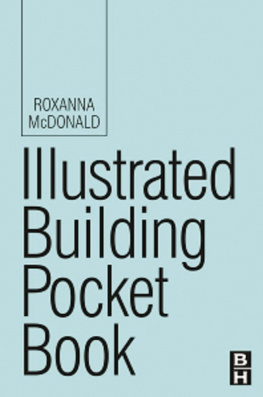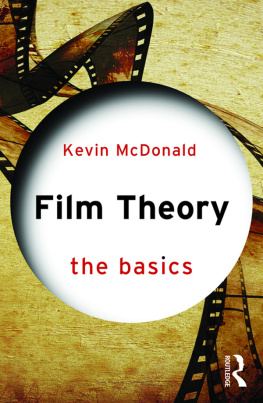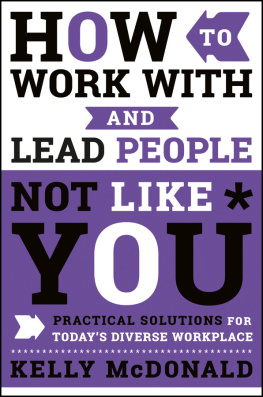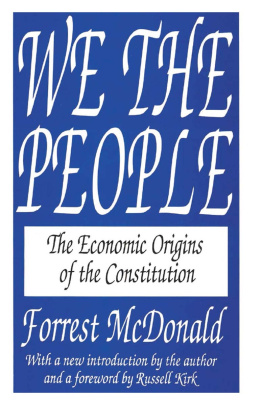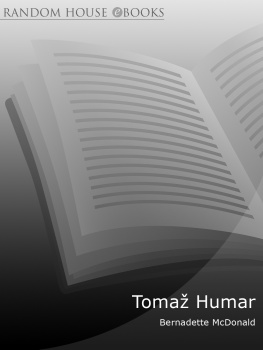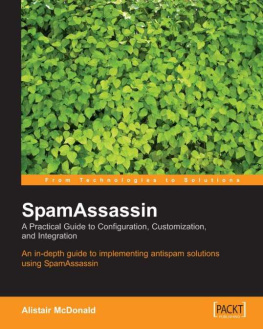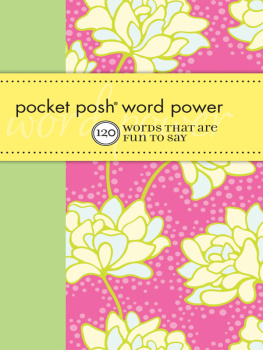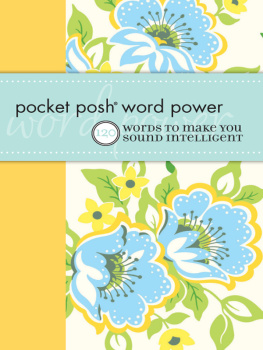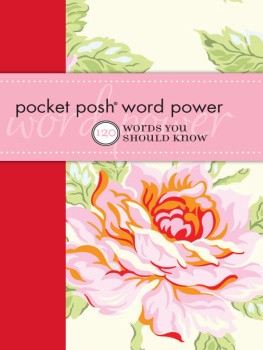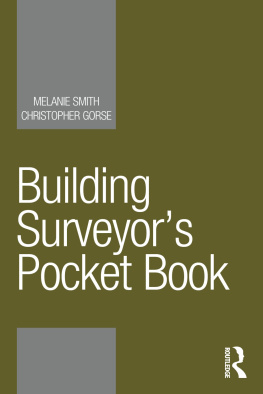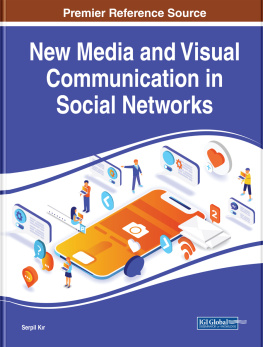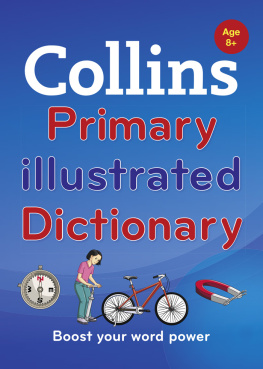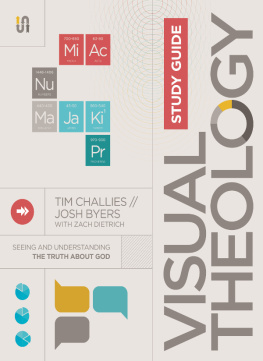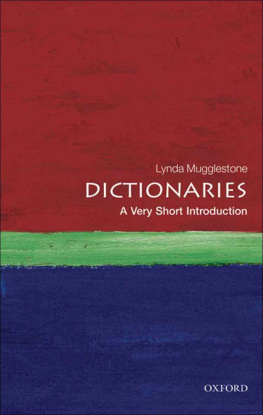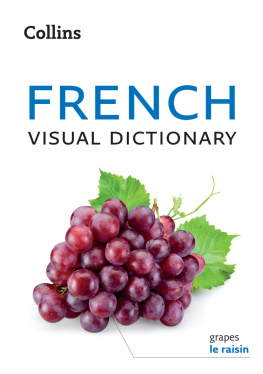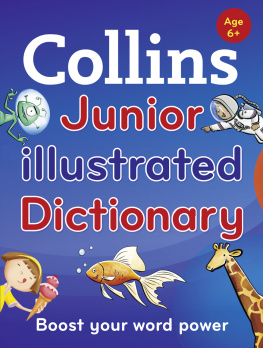McDonald - Illustrated Building Pocket Book
Here you can read online McDonald - Illustrated Building Pocket Book full text of the book (entire story) in english for free. Download pdf and epub, get meaning, cover and reviews about this ebook. City: Burlington;MA;Oxford, year: 2007, publisher: Taylor & Francis (CAM);Butterworth-Heinemann, genre: Detective and thriller. Description of the work, (preface) as well as reviews are available. Best literature library LitArk.com created for fans of good reading and offers a wide selection of genres:
Romance novel
Science fiction
Adventure
Detective
Science
History
Home and family
Prose
Art
Politics
Computer
Non-fiction
Religion
Business
Children
Humor
Choose a favorite category and find really read worthwhile books. Enjoy immersion in the world of imagination, feel the emotions of the characters or learn something new for yourself, make an fascinating discovery.
- Book:Illustrated Building Pocket Book
- Author:
- Publisher:Taylor & Francis (CAM);Butterworth-Heinemann
- Genre:
- Year:2007
- City:Burlington;MA;Oxford
- Rating:4 / 5
- Favourites:Add to favourites
- Your mark:
- 80
- 1
- 2
- 3
- 4
- 5
Illustrated Building Pocket Book: summary, description and annotation
We offer to read an annotation, description, summary or preface (depends on what the author of the book "Illustrated Building Pocket Book" wrote himself). If you haven't found the necessary information about the book — write in the comments, we will try to find it.
McDonald: author's other books
Who wrote Illustrated Building Pocket Book? Find out the surname, the name of the author of the book and a list of all author's works by series.
Illustrated Building Pocket Book — read online for free the complete book (whole text) full work
Below is the text of the book, divided by pages. System saving the place of the last page read, allows you to conveniently read the book "Illustrated Building Pocket Book" online for free, without having to search again every time where you left off. Put a bookmark, and you can go to the page where you finished reading at any time.
Font size:
Interval:
Bookmark:
Illustrated Building Pocket Book For my parents
with gratitude and love Illustrated Building
Pocket Book Second Edition Roxanna McDonald  Butterworth-Heinemann is an imprint of Elsevier Ltd
Butterworth-Heinemann is an imprint of Elsevier Ltd
Linacre House, Jordan Hill, Oxford OX2 8DP
30 Corporate Road, Burlington, MA 01803 First edition 1999
Reprinted 2000, 2001, 2003, 2004
Second edition 2007 Copyright 1999, 2007, Roxanna McDonald. Published by Elsevier Limited. All rights reserved The right of Roxanna McDonald to be identified as the author of this work has been asserted in accordance with the Copyright, Designs and Patents Act, 1988 No part of this publication may be reproduced, stored in a retrieval system or transmitted in any form or by any means electronic, mechanical, photocopying, recording or otherwise without the prior written permission of the publisher Permission may be sought directly from Elseviers Science & Technology Rights Department in Oxford, UK: phone (+44) (0) 1865 843830; fax (+44) (0) 1865 853333; email: , and selecting Obtaining permission to use Elsevier material Notice
No responsibility is assumed by the publisher for any injury and/or damage to persons or property as a matter of products liability, negligence or otherwise, or from any use or operation of any methods, products, instructions or ideas contained in the material herein. Because of rapid advances in the medical sciences, in particular, independent verification of diagnoses and drug dosages should be made British Library Cataloguing in Publication Data
A catalogue record for this book is available from the British Library Library of Congress Cataloguing in Publication Data
A catalogue record for this book is available from the Library of Congress ISBN 13:978-0-75-068015-8
ISBN 10:0-75-068015-6
 Contents Foreword Since this book was published six years ago under its original title An Illustrated Building Glossary changes in the priorities of approach to design and management have accelerated, and an understanding of the need for broadly-educated professionals with an understanding of their interdisciplinary responsibilities is increasingly accepted. The areas in which the book has been extended witness this change. Certainly, concern for the protection of the environment has been on the agenda of the specialist for twenty years but the public have finally accepted the seriousness of the situation we have made for ourselves from the profligate use of our natural inheritance.
Contents Foreword Since this book was published six years ago under its original title An Illustrated Building Glossary changes in the priorities of approach to design and management have accelerated, and an understanding of the need for broadly-educated professionals with an understanding of their interdisciplinary responsibilities is increasingly accepted. The areas in which the book has been extended witness this change. Certainly, concern for the protection of the environment has been on the agenda of the specialist for twenty years but the public have finally accepted the seriousness of the situation we have made for ourselves from the profligate use of our natural inheritance. It is now recognised that only around a quarter to a third of the energy and resource expended in buildings with a fifty year life span is used in their construction. Consequently, the whole life cycle of a building becomes a critical consideration from the inception of a project. To achieve an environmentally sustainable building environment, every professional must have an understanding of the development process if they are to be able to contribute to it in a balanced way. The computer has presented a way not only of drawing our ideas but also of coordinating the process of design, of anticipating a buildings performance and monitoring the results. The computer is now a central tool in procurement as design is increasingly moved directly from the computer model to smart manufacture. 8, Fitzroy Street, London W1, a basement wall some twenty-five feet long was required to crunch the numbers, hour after hour, in Ove Arup and partners design of the Sydney Opera house shells; one is reminded of scenes in the epic silent film Metropolis. 8, Fitzroy Street, London W1, a basement wall some twenty-five feet long was required to crunch the numbers, hour after hour, in Ove Arup and partners design of the Sydney Opera house shells; one is reminded of scenes in the epic silent film Metropolis.
I now sit in front of a laptop with vastly more potential and, if I were clever enough, I could swallow the problem in one bite! This revolution now allows ideas to be shared and tested from their myriad facets and, from it, we are able to optimise solutions within a new four-dimensional freedom. But what further updates will be needed to the Illustrated Building Pocket Book in ten years time? Here optimism clashes with pessimism as we are in the hands of politicians who may well push in the contrary direction to the needs of Everyman. Maybe I can be permitted to speculate about changes to any future edition. An accelerating move away from a carbon-based economy towards sustainable sources will sharpen our need for renewables: This change will materialise in a number of ways but most dramatically, as the price tumbles, the use of photovoltaics will become universal and will require ingenious transformations to our designs. As the impact of a buildings life cycle permeates the professions, not only will elements within buildings be chosen to minimise maintenance but also, increasingly the house-buying public will start to judge a potential purchase in terms of the likely life-cycle running costs as well as the capital investment. Lastly, but sadly decades away, when the penny finally drops, that endless economic growth will eventually lead to our demise rather than our redemption; there will be a massive change which will touch every part of our build environment and our means of achieving it.
Back to the present content of the Pocket book: having been both a practitioner and a university teacher, I am acutely aware of the tendency to treat the young student and the practitioner as different beings. Of course, the students knowledge will be less rounded, but the act of learning is a continuing process, and to revisit words describing hard fact, presented in a new and illuminating way, is to be in a position not only to re-evaluate those facts but also to explore the ideas that stem from them. The range of knowledge and skill required to operate in architecture and construction is immense, and in studying one page of the new pocket book, this is all too obvious. Each word related to an item in an illustration is simply a flag marking the tip of an iceberg. Each carefully chosen word is filled with potential; it introduces one piece, one aspect, of one element of the process of building. In turn, the process of building is but the beginning of defining the place for a society to function; a place where the buildings gain a symbolic presence.
So the volume you are holding is a book with many resonances. The new volume may have changed its title but it is still a glossary and a very unusual one. Here, refreshingly, the explanation is visual, and through the clarity and completeness of the visual paragraph, meaning is given and a context described, in a form normally thought to require words. Indeed, the only piece of written text by the author is her five hundred word preface: an admirable achievement. What of the presentation of this book? The structure and presentation themselves are worth study as a piece of design. A large quantity of material has been explored, digested and synthesised to present a core of information clearly without becoming simplistic.
Each illustration is from the same hand and must have taken hours to draw, never mind the weeks of research, assimilation and evaluation involved. Anyone who has tussled with a small design problem and who has attempted to present a solution in a simple line drawing is all too aware of the time taken in graphical study before undertaking the drawing itself. A book of this kind is only useful if it presents the possibility of relating a term to a subject area and referring from there to an in-depth bibliography. The authors bibliography is short but all the reference books are in common use, and from those, further channels can be explored. In summary, the value of such a book for the experienced professional or crafts person is that it has much good straightforward information about the processes themselves, communicated in an attractive way. It contains much for the student to learn; and for the experienced, it contains much that we once knew and are ashamed to admit we have forgotten!
Next pageFont size:
Interval:
Bookmark:
Similar books «Illustrated Building Pocket Book»
Look at similar books to Illustrated Building Pocket Book. We have selected literature similar in name and meaning in the hope of providing readers with more options to find new, interesting, not yet read works.
Discussion, reviews of the book Illustrated Building Pocket Book and just readers' own opinions. Leave your comments, write what you think about the work, its meaning or the main characters. Specify what exactly you liked and what you didn't like, and why you think so.

